
5 minute read
Honors Community
THE ROAD TO HUMBER-WHITE
parks hall
Advertisement
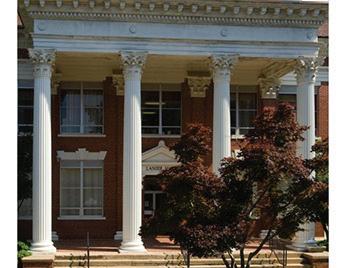
lanier hall
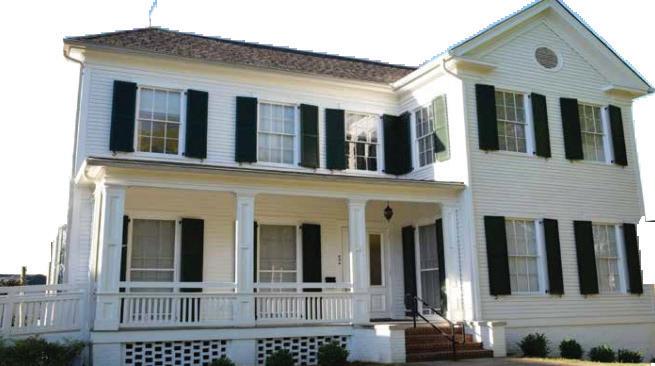
terrell hall
mcintosh house
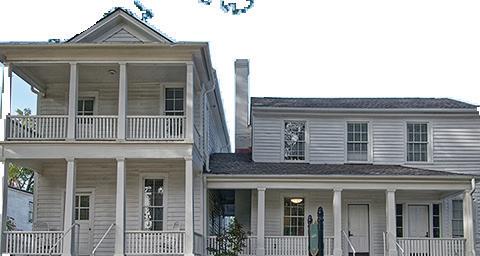


In 2020, Georgia College celebrated 50 years of Honors programming and the establishment of the John E. Sallstrom Honors College. “Moving to an Honors College adds prestige,” said Dr. Brian Newsome, inaugural dean of the Honors College. “It will position Georgia College to compete in an evertighter marketplace for honors students in the region, the state, the nation and even in the world, because we have something special here at Georgia College.” Distinguished Professor Emeritus Dr. Ken Saladin (pictured on far right) donated a substantial gift to the new Honors College, naming it in SCAN FOR A honor of Dr. John Sallstrom, founding director of Honors at Georgia College. VIDEO TOUR With the naming gift, Transformative Experience grants will be available to support undergraduate research, study abroad, internships and communitybased learning experiences. Such resources make higher-level academic engagement and intellectual adventures possible for current and future students.
The Honors Program has had several residences over the years, but this year the historic Humber-White House was designated to be home to the new Honors College, not only for office space but also to serve as a communal hub for students. “An Honors House has been a long-term goal,” said Dr. Steve Elliot-Gower, former director of the Honors Program. “Students and parents can see that this is a very tangible benefit of being in the Honors College and get a sense of what it means to be in the Honors community. Most importantly, the Honors House becomes a physical centerpiece of the Honors Community to flourish,” he said. Along with offices for Honors faculty and staff, the house has two study rooms, a conference room, a kitchen and a student lounge. “The lounge, study rooms and seminar rooms make Humber-White a ‘hub’ of the Honors community, especially with 24/7 swipe card access,” said Newsome. The ribbon cutting ceremony for Humber-White took place during Alumni Week 2020 and was followed by a Zoom-based celebration to commemorate 50 years of Honors at GC. “The 50th Anniversary served as a wonderful jumping off point to the future and gave us a way to honor the work of my predecessors and the wonderful programs they’ve led over the years and to use these initiatives as a springboard to the next 50 years of Honors,” said Newsome. He hopes that Humber-White House will become a “fulcrum for the Honors community in the years to come.”

BELL HALL

Constructed in 1928, Bell Hall serves as the on-campus home for students in the John E. Sallstrom Honors College. Rich in history and centrally located on Main Campus, this residence hall helps to foster the sense of community at the core of Honors at GC. Whether students are there for class in the third floor classroom, a murder mystery night in the basement or to relax with friends on the porch, Bell serves alongside the HumberWhite House as a hub for Honors students. Photos at right compare Bell Hall just ten years after its original construction — almost 70 years before it was designated as an Honors space — to today. Like the building’s iconic ‘I’ shape and stately columns that have endured for decades, Bell Hall is sure to remain a beautiful and beloved hallmark of the Honors College for generations of Honors students to come.


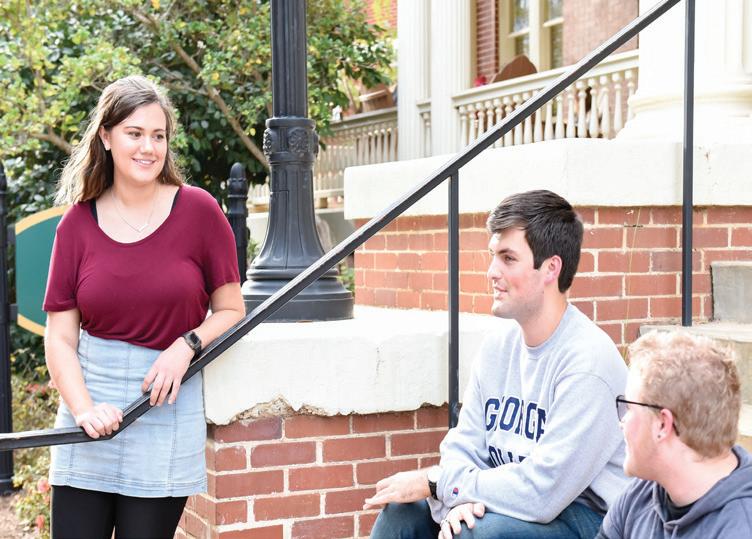
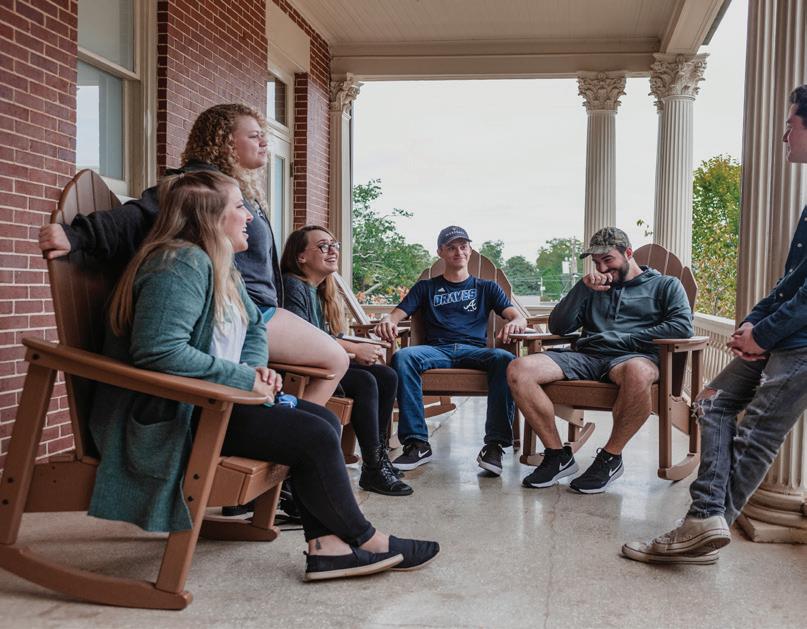

Hasari Bermudez Soto (2024)
opportunity to connect
with my peers in similar classes; it feels like a true community.”
Elizabeth Cooper (2024)







Natalie Miller (2021)
Kendyl Lewis (2021)
Despite the many new challenges this year brought, Jacob Carter tackled them head-on to bring Eta Sigma Alpha together, no matter the distance! Carter previously won GC’s Most Creative Fundraiser award for his on-campus escape room to benefit ESA’s philanthropy, Do Good Health. In the fall, he set out to create an escape room that would be just as fun as the first but also COVID-friendly. “I had never made a digital escape room before, so I tackled this in a similar way that I tackle other challenges that require problemsolving: using first principles. I broke down a puzzle that I would usually do in person into its fundamental parts, then compared it to what I would do online,” said Carter. In an effort to include as many participants as possible, each night for a week, Carter opened multiple slots for either individuals or groups to sign up to try to solve the puzzles via Zoom. “It surprised me how differently each group would approach the puzzles and especially the ways they would make mistakes, then come together as a group to learn from those mistakes. Seeing how fast some of the groups performed made me realize how much harder I could make the puzzles for next time!” said Carter. Carter currently serves as Eta Sigma Alpha’s Director of New Membership, where he continues to brainstorm and plan safe, creative opportunities for the Honors community to cultivate friendships and have some fun.



